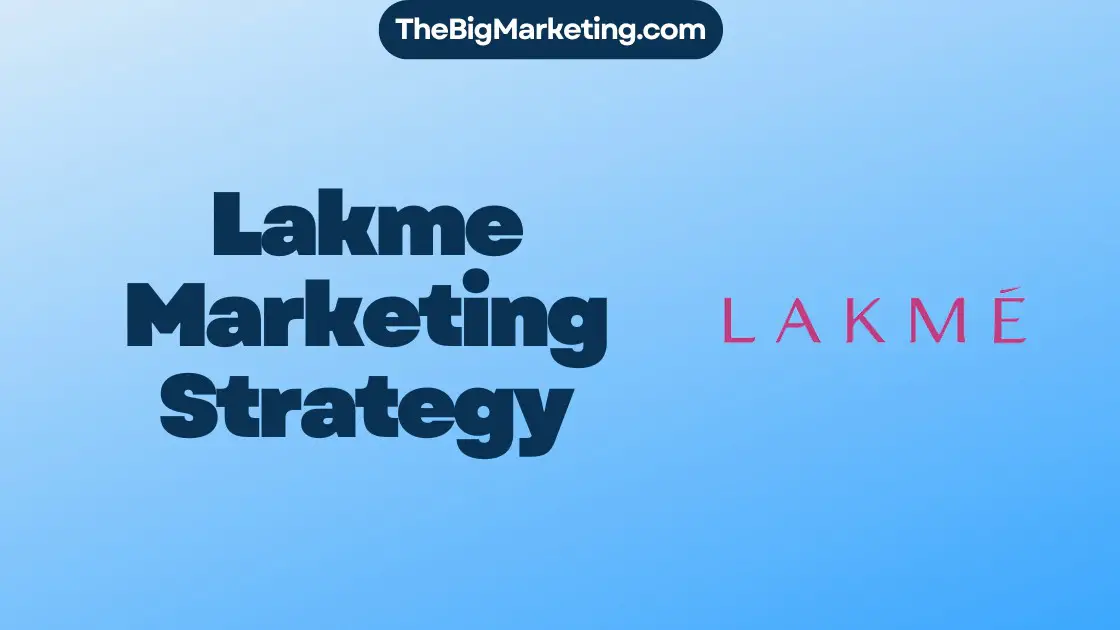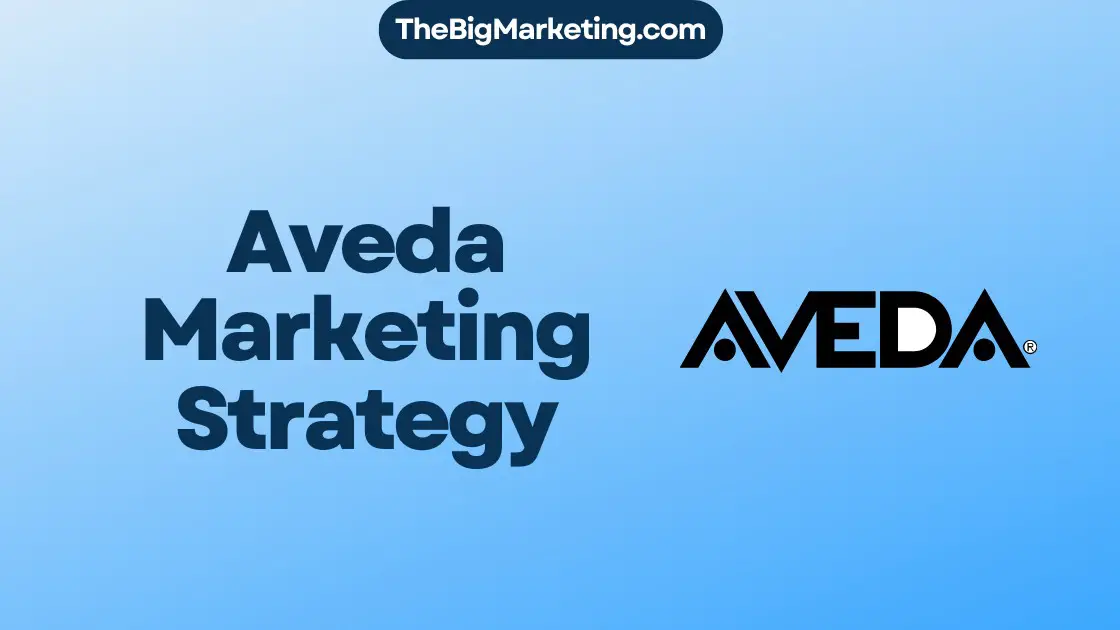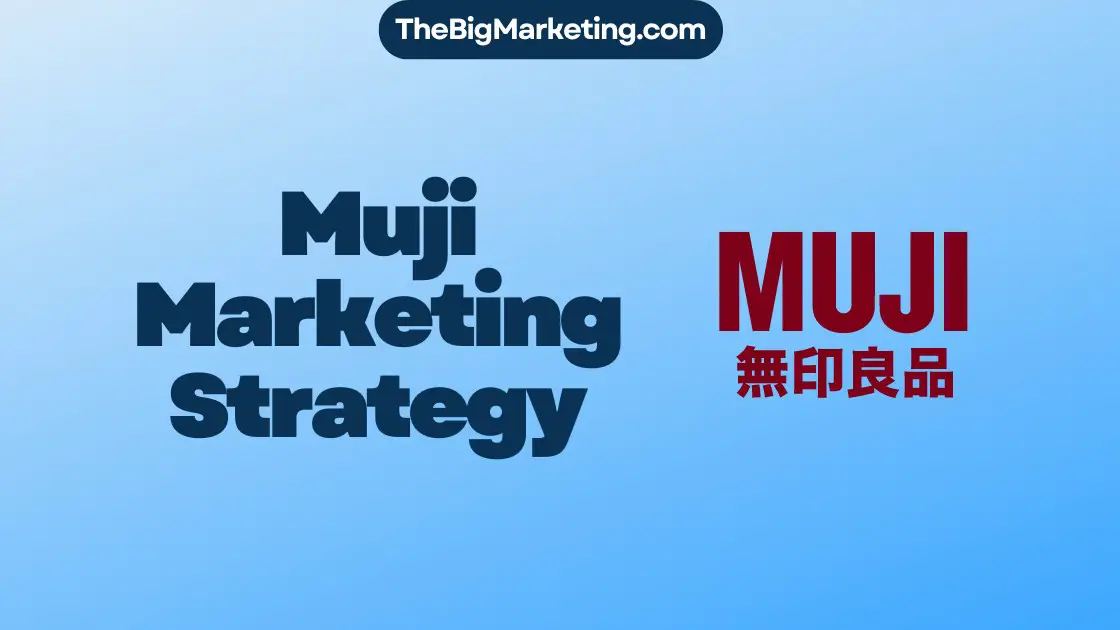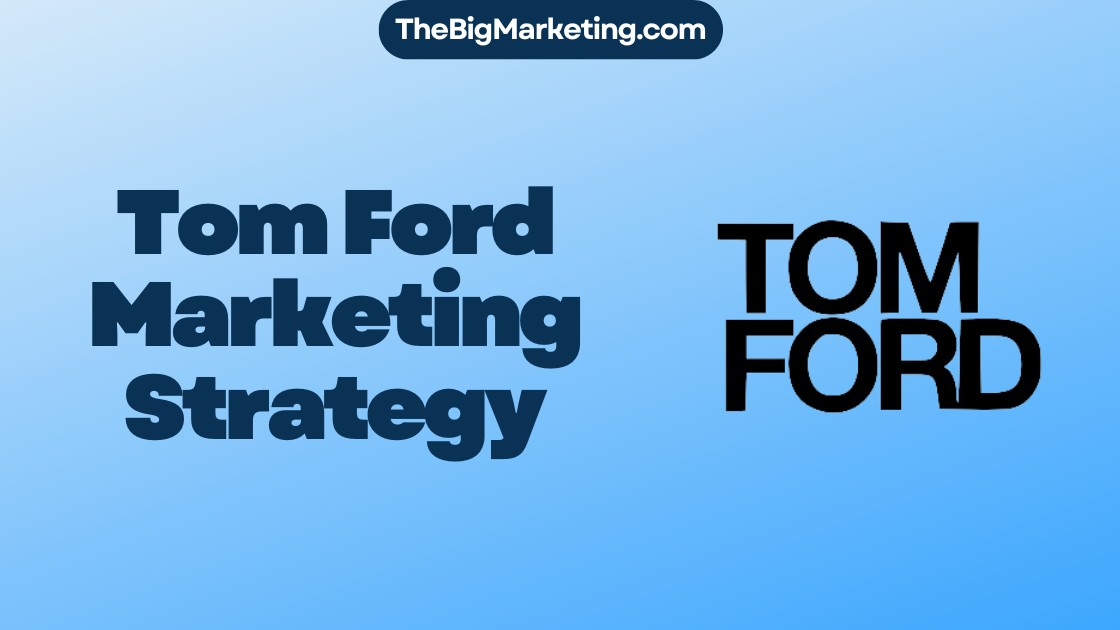Formula One, a thriving business model, has transformed its marketing strategy over the years. With a focus on brand promotion strategies, audience engagement, and market segmentation techniques, Formula One has successfully captivated fans and expanded its reach worldwide.
In 2016, Formula One faced challenges such as a disconnect with fans and a lack of digital presence. To address these issues, a new media agency, Liberty Media, took the wheel and revolutionized Formula One’s marketing approach. By emphasizing the drama, competition, and human stories behind the drivers and teams, Liberty Media reinvigorated the sport and sparked renewed interest among fans.
Through extensive digital outreach initiatives, such as YouTube videos, podcasts, and F1TV, Formula One engaged with fans on a deeper level, offering them a more comprehensive understanding of the races. The introduction of the popular Netflix series “F1: Drive to Survive” further enhanced Formula One’s global popularity and garnered a new legion of dedicated followers.
With its evolving marketing strategy, Formula One has set an example for other industries and demonstrated that even established giants need to adapt and invest in innovative techniques to connect with their target audience effectively.
Key Takeaways:
- Formula One has transformed its marketing strategy to enhance brand promotion, audience engagement, and market segmentation.
- Liberty Media, the new media agency responsible for Formula One, revolutionized the sport by emphasizing the drama, competition, and human stories behind the drivers and teams.
- The introduction of digital outreach initiatives and the Netflix series “F1: Drive to Survive” significantly boosted Formula One’s global reach and popularity.
- The success of Formula One’s marketing strategy highlights the importance of adaptation and innovation in the ever-evolving digital landscape.
- Businesses can learn from Formula One’s approach and implement similar strategies to effectively engage their target audience and thrive in the market.
Stay tuned for the upcoming sections of our detailed analysis on Formula One’s marketing strategy, including its legacy of speed and innovation, the challenges it faced, and the lessons learned from its successful branded content initiatives.
The Legacy of Speed and Innovation
The history of Formula 1 is a testament to its legacy of speed and innovation. Dating back to the creation of the internal combustion engine in 1880, which paved the way for the development of motorsport, Formula 1 has always been at the forefront of technological advancements in racing. In 1950, the first F1 championship was established, marking the birth of modern Formula 1 racing.
Under the leadership of CEO Bernie Ecclestone, Formula 1 witnessed significant changes that propelled it to new heights. Increased capital investments and safety measures transformed Formula 1 into a global phenomenon, captivating fans around the world.
Today, Formula 1 cars are marvels of engineering, capable of reaching incredible speeds of up to 370 km per hour. This showcases the continuous evolution and pursuit of speed that has been ingrained in the DNA of Formula 1 throughout its history.
Evolution of Formula 1
The evolution of Formula 1 is a testament to the sport’s commitment to pushing the boundaries of innovation. From advancements in aerodynamics and engine technology to improvements in safety features, Formula 1 has constantly strived for excellence.
Each year, teams and manufacturers introduce new technologies and techniques to enhance performance and gain a competitive edge. This relentless pursuit of innovation has propelled Formula 1 to the forefront of motorsport, captivating fans with adrenaline-pumping races and breathtaking displays of engineering prowess.
The Birth of the F1 Championship
The establishment of the first F1 championship in 1950 marked a milestone in the history of motorsport. It brought together the best drivers and teams from around the world to compete in a series of highly anticipated races.
The F1 championship quickly gained recognition and became the pinnacle of motorsport, attracting talent and investments from across the globe. The championship format, combined with the thrill of high-speed racing, established Formula 1 as the premier racing championship.
| Year | Champion | Constructor |
|---|---|---|
| 1950 | Giuseppe Farina | Alfa Romeo |
| 1951 | Juan Manuel Fangio | Alfa Romeo |
| 1952 | Alberto Ascari | Ferrari |
| 1953 | Alberto Ascari | Ferrari |
| 1954 | Juan Manuel Fangio | Mercedes-Benz |
F1’s Crossroads: The Image and Reach Challenge
By the year 2016, the Formula 1 industry faced significant obstacles in maintaining its image and reach amidst a growing disconnect with fans and a lack of digital presence. The rise of third-party digital services had redirected fan attention, posing a threat to the fan base that F1 had cultivated over the years. To overcome these challenges, Formula 1 needed a transformative approach that would not only address the growing disconnect but also establish a strong digital presence to engage global audiences effectively.
The lack of digital presence had left Formula 1 trailing behind in the race for audience attention. With the digital sphere becoming increasingly dominant, it was clear that F1 needed to adapt their marketing strategy to appeal to modern consumer expectations and behaviors. The industry recognized the importance of meeting its fans where they were – online, on social media platforms, and through digital mediums. Failure to do so risked losing relevance and being overshadowed by other sports and entertainment entities.
By strategically leveraging digital channels, Formula 1 could revitalize their image and reconnect with fans. Establishing a strong digital presence would not only allow for more frequent and direct engagement with fans but also offer the opportunity to expand F1’s reach to new audiences worldwide.
Addressing the Disconnect: Revitalizing F1’s Fan Engagement
To address the growing disconnect with fans, Formula 1 recognized the need for a more interactive and inclusive approach. The industry sought to engage fans through various digital platforms, providing behind-the-scenes content, and fostering a sense of community.
Formula 1 embraced the power of social media, employing platforms such as Instagram, Twitter, and Facebook to connect with fans on a more personal level. By humanizing the sport and showcasing the personalities of drivers and teams, F1 successfully built emotional connections and strengthened fan loyalty.
In addition to social media, F1 introduced digital initiatives such as live streaming, interactive fan polls, and virtual reality experiences. These efforts not only engaged fans during races but also allowed them to experience the adrenaline and excitement of F1 firsthand, no matter their physical location.
A Stronger Digital Presence: Reaching New Audiences
Recognizing the need to expand its audience base, Formula 1 focused on establishing a strong digital presence. One of the key strategies was providing easily accessible and exclusive content that catered to the diverse interests of fans.
F1 launched its official YouTube channel, offering fans a wealth of high-quality videos, including race highlights, behind-the-scenes footage, and driver interviews. By optimizing video content with relevant keywords and engaging thumbnails, F1 significantly increased its online visibility, attracting new audiences and retaining existing fans.
In addition to YouTube, Formula 1 delved into the world of podcasts, allowing fans to listen to in-depth discussions and interviews with drivers, team personnel, and industry experts. This audio-based medium enabled F1 to reach fans who preferred consuming content on-the-go, expanding the reach of the sport beyond traditional means.
Through these digital outreach initiatives and the establishment of a strong digital presence, Formula 1 successfully reconnected with fans and reached new audiences worldwide.
Formula 1’s Digital Reach Growth
| Year | Instagram followers (in millions) | Twitter followers (in millions) | YouTube subscribers (in millions) |
|---|---|---|---|
| 2016 | 3.5 | 2.1 | 0.8 |
| 2017 | 7.9 | 3.5 | 1.5 |
| 2018 | 15.2 | 7.8 | 3.2 |
| 2019 | 21.6 | 10.9 | 6.4 |
| 2020 | 29.8 | 14.5 | 10.1 |
A New, Innovative Media Agency Takes the Wheel
When Liberty Media took over Formula 1, it marked the beginning of a new era in the sport’s marketing strategy. This innovative media agency brought a fresh perspective and revolutionized the way F1 engaged with its audiences.
Liberty Media recognized the importance of highlighting the drama and competition of Formula 1 to capture the attention of fans beyond the racetrack. By leveraging data, they were able to offer fans a deeper understanding of the races, enhancing their overall experience.
To further engage fans, Liberty Media introduced various forms of digital outreach. They created captivating content through YouTube videos, engaging podcasts, and F1TV, providing fans with diverse avenues to connect with the sport they love.
Moreover, Liberty Media understood the power of social media in humanizing the sport and building connections with fans. They emphasized the use of social media accounts for drivers and teams, allowing for direct engagement and a more personal connection with the audience.
This image perfectly encapsulates the essence of Liberty Media’s approach to content delivery and digital outreach in Formula 1. By placing the image here, readers can visually connect the concepts discussed with a relevant visual representation. It also adds visual appeal to the article, breaking up the text and providing a more engaging reading experience.
From Data to Sales: Leveraging Customer Relationship Management
Customer Relationship Management (CRM) plays a crucial role in driving sales and enhancing customer experiences. Formula One (F1) has recognized the importance of leveraging CRM to personalize content and engage fans on a deeper level. By capturing first-party data, F1 has been able to tailor their marketing strategies and deliver personalized experiences that resonate with their target audience.
F1 understands that data-driven marketing is the key to unlocking valuable insights and creating targeted campaigns. By leveraging customer data, F1 can segment their audience and deliver personalized content that resonates with each individual fan. This targeted approach ensures that fans receive relevant information and promotions that cater to their specific interests and preferences.
Enhancing Customer Profiles
To effectively leverage CRM, F1 focuses on enhancing customer profiles by collecting and analyzing detailed information about their fans. This includes demographics, preferences, purchasing behavior, and engagement metrics. By combining this data with advanced analytics, F1 gains valuable insights into their fans’ preferences, allowing them to create highly personalized marketing campaigns.
In addition to enhancing customer profiles, F1 complies with data collection policies and privacy regulations to ensure the security and privacy of their fans’ information. This builds trust and confidence among their audience, fostering stronger brand-consumer relationships.
Gathering Feedback and Tracking Progress
Feedback is an integral part of CRM, as it allows F1 to track their progress, identify areas for improvement, and adapt their marketing strategies accordingly. F1 actively encourages fans to provide feedback through surveys, polls, and social media interactions, enabling them to gather valuable insights and make data-driven decisions.
F1 has also established strategic partnerships with industry leaders like Salesforce and Ogilvy to maximize the potential of CRM. These partnerships provide F1 with the expertise and tools needed to implement effective CRM strategies and deliver higher value to their fans.
By leveraging CRM, F1 can transform data into actionable insights, delivering personalized content and optimized experiences to their fans. This data-driven approach ensures that F1 remains at the forefront of customer engagement and sales conversion in the highly competitive sports industry.
| Benefits of CRM in F1 Marketing Strategy |
|---|
| 1. Personalized content delivery |
| 2. Enhanced fan engagement |
| 3. Improved customer experiences |
| 4. Targeted marketing campaigns |
The Success of “Drive to Survive”: A Branded Content Masterpiece
“Drive to Survive,” a Netflix docuseries about Formula 1, has achieved immense success as branded content. By leveraging the power of storytelling and global reach, it has become a masterpiece in the world of branded entertainment.
This partnership between F1 and Netflix has not only elevated the brand’s presence but also attracted new audiences to the sport. Through “Drive to Survive,” F1 has successfully captured the hearts and minds of viewers around the world.
The series stands out for its authentic storytelling, delving into the narratives and experiences behind the scenes of the F1 races. It humanizes the drivers and teams, revealing their triumphs, struggles, and aspirations. This level of storytelling creates a deep emotional connection with the audience, fostering a sense of empathy and admiration.
“Drive to Survive” has garnered millions of viewers globally, reaching fans who may have previously been unaware of or uninterested in Formula 1. This massive viewership has had a remarkable impact on ticket sales, sponsorships, and the overall popularity of the sport.
As a branded content masterpiece, “Drive to Survive” has set a precedent for other sports docuseries, inspiring them to adopt similar approaches in their storytelling. It has become a prime example of how storytelling and strategic partnership can elevate a brand’s reach and engage audiences on a global scale.
The Impact of “Drive to Survive” on Formula 1
| Impact | Description |
|---|---|
| Awareness | “Drive to Survive” has significantly increased awareness of the F1 brand, reaching audiences who were previously unfamiliar with the sport. |
| Global Reach | The partnership with Netflix has provided F1 with a platform to reach a global audience, expanding its fan base beyond geographical boundaries. |
| Ticket Sales | The success of the docuseries has translated into increased ticket sales for F1 races, with more fans eager to witness the excitement live. |
| Sponsorships | The enhanced visibility of F1 through “Drive to Survive” has attracted new sponsorships, boosting the financial strength of the sport. |
Lessons from “Drive to Survive” for Marketing Leaders
The popular Netflix docuseries “Drive to Survive” offers valuable lessons for marketing leaders looking to enhance their brand’s reach and engagement. This section explores three key takeaways: the importance of authentic storytelling, the power of strategic partnerships, and the significance of a strong content strategy.
The Impact of Authentic Storytelling
Authentic storytelling is a fundamental component of successful marketing. “Drive to Survive” captivates audiences by delving into the dramatic and human aspects behind the scenes of Formula 1. By showcasing the personal narratives of drivers and teams, the series humanizes the sport and creates an emotional connection with viewers. This approach enables marketers to connect with their target audience on a deeper level, fostering brand loyalty and trust.
Amplifying Reach Through Strategic Partnerships
Strategic partnerships, like the collaboration between Formula 1 and Netflix, can significantly amplify brand reach and attract new audiences. By leveraging the global platform of Netflix, Formula 1 expanded its fan base and gained exposure to viewers who may have been previously unfamiliar with the sport. Marketing leaders can replicate this success by identifying strategic partners that align with their brand values and target audience, allowing them to tap into new markets and enhance their brand’s visibility.
The Power of a Strong Content Strategy
A clear objective and a robust content strategy are crucial for successful branded content. “Drive to Survive” demonstrates the importance of carefully planning and executing a compelling narrative that resonates with the audience. From captivating storytelling techniques to engaging visuals and expert editing, the series offers a blueprint for marketers to create captivating content that stands out in a crowded digital landscape. By understanding their audience’s preferences and interests, marketers can develop a content strategy that delivers value, drives engagement, and meets their business objectives.
The image above exemplifies the power of authentic storytelling. By crafting narratives that evoke emotions and create connections, marketers can establish a strong bond with their audience.
Overall, “Drive to Survive” serves as a valuable case study for marketing leaders seeking to elevate their brand’s marketing efforts. By embracing authentic storytelling, forming strategic partnerships, and implementing a strong content strategy, businesses can maximize their brand’s reach, engagement, and impact in today’s digital landscape.
| Lessons from “Drive to Survive” for Marketing Leaders | Keyword Highlights |
|---|---|
| The Impact of Authentic Storytelling | Authentic storytelling |
| Amplifying Reach Through Strategic Partnerships | Strategic partnerships |
| The Power of a Strong Content Strategy | Content strategy |
The Future of Formula One Marketing Strategy
The future of Formula One marketing strategy is characterized by continuous evolution and digital innovation. As technology rapidly advances, F1 recognizes the importance of staying ahead of the curve to engage and captivate its global audience. Through strategic initiatives and leveraging data, F1 aims to enhance fan engagement, personalize content delivery, and embrace digital innovation.
One key driver of F1’s future marketing strategy is the success of “Drive to Survive,” a groundbreaking docuseries that provided unprecedented access to the world of Formula One. The collaboration between F1 and Netflix brought the excitement of the sport to a global audience, showcasing the human stories, rivalries, and drama that make F1 so thrilling. This success has opened the doors for further expansion of branded content and storytelling in F1’s marketing efforts.
With continuous evolution as a core principle, F1 aims to innovate and optimize fan engagement through various digital platforms and channels. The seamless integration of data analytics and insights allows F1 to personalize the fan experience, tailoring content and interactions to individual preferences and interests. By understanding their audience on a deeper level, F1 can create meaningful connections that foster loyalty and drive fan excitement.
As digital innovation continues to reshape the marketing landscape, F1 recognizes the importance of embracing emerging technologies and trends. From social media activations to virtual reality experiences, F1 aims to captivate fans through immersive and interactive content. By breaking the boundaries of traditional marketing, F1 can create unique and memorable experiences that resonate with fans worldwide.
In the coming years, F1 will continue to invest in digital innovation, harnessing the power of technology to push the boundaries of fan engagement. Through continuous evolution and strategic partnerships, F1 aims to stay at the forefront of digital marketing, delivering unparalleled experiences that inspire and captivate its global audience.
| Key Components of F1’s Future Marketing Strategy | Description |
|---|---|
| Personalization | F1 will leverage data analytics to understand fan preferences and deliver personalized content, creating a tailored experience for each individual. |
| Immersive Experiences | Through the integration of emerging technologies, F1 will create immersive experiences that transport fans into the heart of the action, whether through virtual reality or interactive content. |
| Strategic Partnerships | Collaborations with key players in the digital space will enable F1 to reach new audiences and expand its global footprint, driving brand recognition and growth. |
| Data-Driven Decision Making | By harnessing the power of data analytics, F1 will make informed decisions and optimize marketing strategies to maximize engagement and ROI. |
| Storytelling and Branded Content | Building on the success of “Drive to Survive,” F1 will continue to invest in compelling storytelling and branded content that resonates with fans and captures the essence of the sport. |
Conclusion
The Formula One Marketing Strategy has evolved significantly over the years, adapting to the ever-changing digital landscape. Through digital marketing tactics, such as data-driven marketing and brand promotion strategies, F1 has successfully engaged its target audience. Initiatives like “Drive to Survive” have proven the power of authentic storytelling in capturing global attention and expanding F1’s reach.
By embracing market segmentation techniques and investing in innovative marketing approaches, Formula One has demonstrated that even industry giants can stay relevant and effectively connect with their audience. Other businesses can learn from F1’s success and incorporate similar strategies to thrive in the digital age.
As technology continues to advance, the future of Formula One marketing strategy lies in continuous evolution and digital innovation. Focusing on target audience engagement and leveraging data insights will be key in delivering personalized content and enhancing the overall fan experience.







